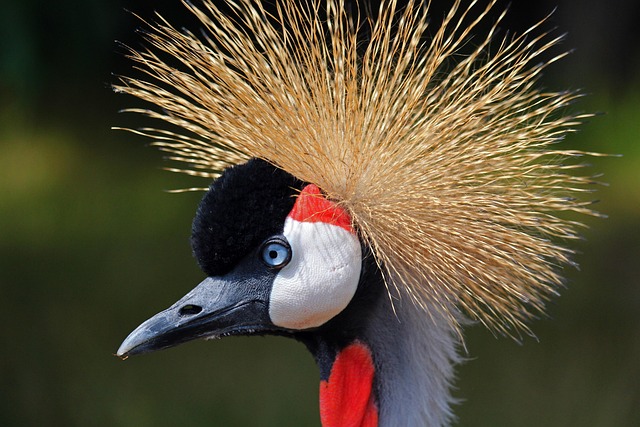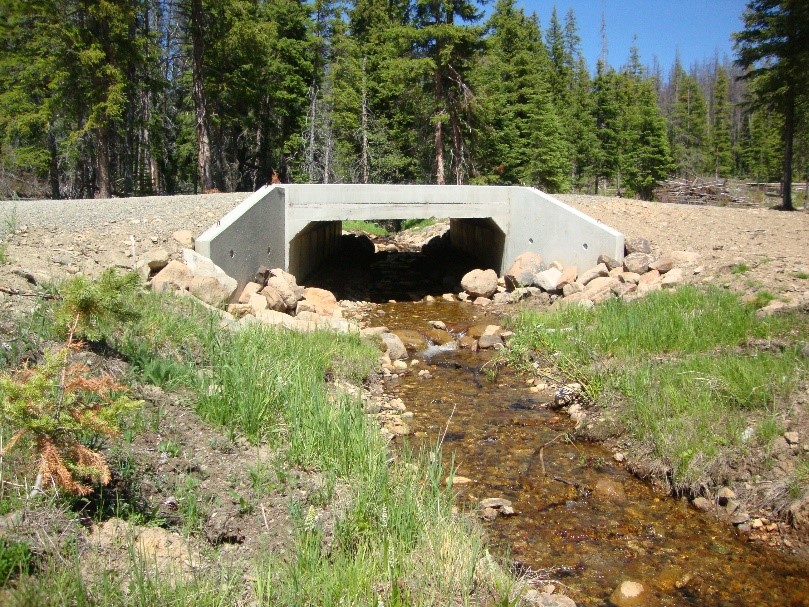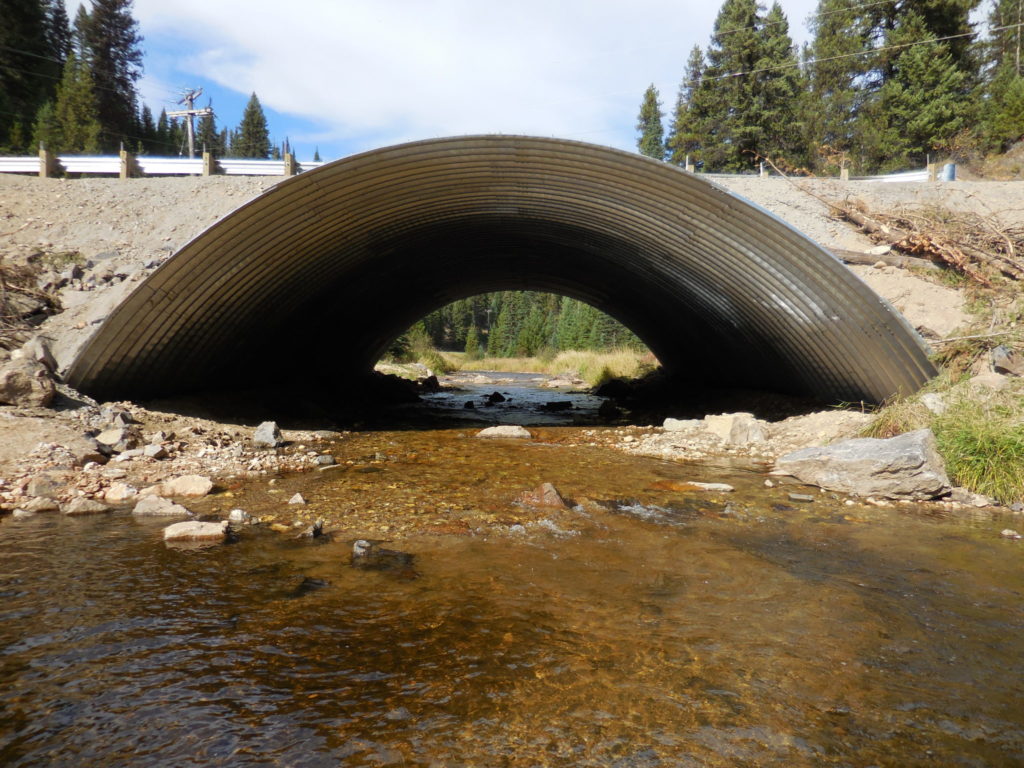Have you ever wondered about the role of the U.S. Fish & Wildlife Service in endangered species recovery? Well, look no further! In this article, you will learn all about how they work to protect and restore endangered species in the United States. From identifying species on the brink of extinction to collaborating with partners, they employ various tools and strategies to conserve habitats and increase populations. It’s fascinating work, and you’ll be amazed at the impact they’ve had in preventing extinctions and bringing species back from the brink.
But wait, there’s more! Not only does the U.S. Fish & Wildlife Service focus on endangered species recovery, but they also tackle other important initiatives such as climate change, hunting and fishing regulations, invasive species management, and overall wildlife protection. Their website is a treasure trove of information, with resources, news articles, and stories about their conservation efforts and the incredible progress being made in species recovery. Plus, if you’re interested, they offer employment and internship opportunities, as well as ways to volunteer or partner with them. So, get ready to dive deeper into the fascinating world of endangered species recovery and the vital role played by the U.S. Fish & Wildlife Service.

This image is property of pixabay.com.
The U.S. Fish & Wildlife Service’s Role in Endangered Species Recovery
The U.S. Fish & Wildlife Service (USFWS) plays a vital role in the recovery and conservation of endangered species in the United States. With a mission to protect and enhance the nation’s fish, wildlife, plants, and their habitats, the USFWS takes on many responsibilities to ensure the survival and wellbeing of threatened and endangered species.
Identification of Endangered Species
One of the primary responsibilities of the USFWS is the identification of endangered species. They work closely with experts in the field to evaluate the extinction risk faced by various species. This involves conducting thorough research and evaluating the population status, habitat conditions, and other factors that contribute to a species’ decline.
Based on this evaluation, the USFWS lists species as endangered or threatened under the Endangered Species Act. This acts as a framework for the protection and recovery of these species, allowing for targeted efforts to restore their populations and habitats.
Development of Recovery Plans
Once a species is identified as endangered, the USFWS works on developing recovery plans. These plans outline the strategies and goals necessary for the recovery and survival of the species. They address the specific threats faced by each species and propose actions to mitigate those threats.
The USFWS collaborates with various stakeholders, including other government agencies, non-profit organizations, and academic institutions, to implement the recovery plans effectively. This collaborative approach ensures that diverse perspectives and expertise contribute to the success of the recovery efforts.
Collaboration with Partners
Collaboration is a key aspect of the USFWS’s work in endangered species recovery. They work closely with public and private entities to protect habitats and increase species populations. By partnering with landowners, conservation organizations, and businesses, the USFWS can extend its reach and implement conservation actions on a larger scale.
These partnerships often involve initiatives to protect and restore critical habitats for endangered species. The USFWS actively engages in land acquisition, habitat restoration, and species management activities to create safe havens for at-risk species.
Utilization of Tools
In order to effectively address the challenges of endangered species recovery, the USFWS utilizes a range of tools and mechanisms. They engage in interagency consultations to ensure that federal projects and actions do not harm listed species or their habitats. This coordination helps minimize potential negative impacts on endangered species.
The USFWS also provides incentives for voluntary conservation partnerships. They offer grants and financial assistance to individuals and organizations engaged in conservation projects and activities. This encourages private landowners and other stakeholders to actively participate in the recovery and conservation of endangered species.
Additionally, the USFWS issues permits for scientific research on endangered species. These permits allow researchers to study and monitor endangered species, gather valuable data, and contribute to their recovery efforts. By enabling scientific research, the USFWS fosters a better understanding of endangered species’ needs and supports evidence-based conservation strategies.
Success of the Endangered Species Act
The efforts of the USFWS, in conjunction with the implementation of the Endangered Species Act, have yielded significant success in preventing extinctions and bringing species back from the brink. Over the years, numerous species have been saved from extinction and have shown signs of recovery thanks to the protection and conservation measures put in place.
The comprehensive approach of the USFWS, including the identification, listing, and recovery planning, has been instrumental in the positive outcomes achieved for endangered species. Through focused conservation efforts, habitats have been restored, threats to species have been mitigated, and populations have started to rebound.
Updates to the List of Endangered and Threatened Species
The USFWS regularly revises and updates the list of endangered and threatened species based on new information and scientific findings. As new research becomes available and the understanding of species’ population dynamics and threats evolve, the USFWS reassesses their listing status to ensure accurate and up-to-date conservation measures.
This dynamic approach to listing species helps to ensure that endangered and threatened species receive the necessary protection and conservation efforts they require. By adapting to changing circumstances and knowledge, the USFWS can allocate resources effectively and address emerging threats.
Initiatives related to Conservation
Apart from its work in endangered species recovery, the USFWS also engages in various initiatives related to broader conservation efforts. They actively address issues like climate change, hunting and fishing, invasive species, and the protection of wildlife.
With climate change being a significant concern, the USFWS works on understanding and managing its impacts on endangered species and their habitats. They collaborate with other agencies and organizations to develop strategies for climate adaptation and resilience. This includes identifying vulnerable species and habitats and implementing measures to mitigate the negative effects of climate change.
The USFWS also plays a crucial role in regulating hunting and fishing activities to ensure sustainability and the protection of endangered species. By setting appropriate regulations and guidelines, they help maintain healthy populations and prevent further harm to threatened species.
Invasive species are another threat to endangered species and their habitats. The USFWS works on controlling and managing invasive species through prevention, early detection, and eradication programs. By addressing this significant threat, they contribute to the recovery and conservation of endangered species.
Resources and Information on Endangered Species Policies
The USFWS provides a wealth of resources and information on endangered species policies. Their website serves as a comprehensive platform for accessing information on species recovery, habitat conservation, and the implementation of the Endangered Species Act.
Through their online resource library, individuals, researchers, and conservation practitioners can access a wide range of documents, reports, and scientific studies related to endangered species. This valuable repository of knowledge allows stakeholders to make informed decisions and contribute to effective conservation strategies.
The USFWS also maintains a news section on their website, featuring articles, success stories, and updates on conservation efforts and species recovery. This serves as a valuable source of information for the public, showcasing the tangible outcomes of their work and inspiring others to get involved in conservation efforts.
Opportunities for Employment, Internship, Volunteering, and Partnership
The USFWS offers various opportunities for individuals and organizations to get involved in their conservation efforts. They provide employment and internship opportunities, allowing individuals to contribute their skills and expertise to endangered species recovery.
Volunteering is another way to support the USFWS’s work. They offer volunteer opportunities that range from hands-on fieldwork to educational programs and community engagement initiatives. Volunteering provides valuable assistance in implementing on-the-ground conservation actions and raising awareness about endangered species and their habitats.
The USFWS actively seeks and encourages partnerships with stakeholders who share their commitment to conserving endangered species. They collaborate with non-profit organizations, academic institutions, and private businesses to leverage resources, share knowledge, and maximize the impact of their collective efforts.
In conclusion, the U.S. Fish & Wildlife Service plays a critical role in the recovery and conservation of endangered species. From identifying at-risk species to developing recovery plans, collaborating with partners, utilizing various tools, and monitoring progress, the USFWS’s efforts have yielded significant success in preventing extinctions and bringing species back from the brink. Their commitment to endangered species recovery is complemented by their initiatives related to broader conservation efforts, including climate change, hunting and fishing, invasive species, and wildlife protection. Through their resources, information, and opportunities for employment, internship, volunteering, and partnership, the USFWS encourages individuals and organizations to join them in their mission to protect and enhance the nation’s endangered species and their habitats.

This image is property of pixabay.com.
Also check WWF endangered Animal Species List



